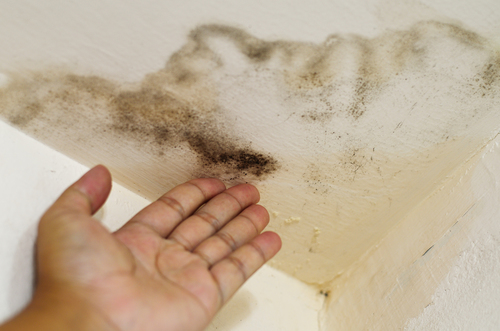Insurance for Mold Damages
We have heard numerous stories about homeowners who need to deal with various mold infestation. Many homeowners are still taking this kind of stories for granted. In reality, mold infestation could happen on a large scale. It could cause property damages and other problems. One worrying concern about mold infestation is health problems. Molds spread tiny spores that can easily become airborne. Unfortunately, these spores could enter our body through various openings like mouth, nose and ears. Respiratory systems are the most likely affected by the spread of spores.
We need to consider any problems related to the uncontrolled mold growth. That’s the reason why many homeowners are seeking to add mold infestation component in their home insurance plan. This problem can be particularly widespread that insurance company providers are overwhelmed by mold infestations at specific times of the year. If we are living in areas where mold is prevalent, we should make sure that this problem is included in the clause. Mold infestation is often related to water damages, caused by accumulated rain water, cracked walls, flood and bursting pipes. Due to the heightened risks in specific areas, homeowners should make sure that they can get protection for this risk.

After the water subsides, homeowners should be prepared for any problem that can arise. It should be noted that molds reproduce rapidly and they could start to grow. Due to uncontrolled growth, darker marks could be spotted in some areas. There could also be foul odors detected inside the house and this should be a sign that molds already pose threat to people inside the house. According to medical studies, long-term mold exposure may cause signs of poisoning to human. Unfortunately, it is possible that our insurance plan doesn’t cover damages caused by mold infestation and it is important for us to look for other solutions.
One popular alternative is known as the buyback endorsement. It is essentially a limited type of mold insurance coverage and we need to pay more premiums to obtain the coverage. It is also important to look for specific companies that will agree to add clauses related to cleaning up and testing the existing mold population inside our house. Any homeowners should educate themselves properly about molds. It is important to find out how molds can reproduce and we should know things we need to do to prevent them from spreading at other areas inside the house.
In general, we should be able to reduce the incidence of mold infestation by taking specific steps. By doing these, we should be able to convince insurance providers to allow us pay less premium for the coverage. We should use humidifiers and air conditioners properly to make sure that humidity levels are kept lower, preferably less than 40 percent. Ventilation system should be strategically placed to let water vapour escapes to open air outside. Roofs, pipes, walls and windows should be regularly examined for damp and cold sports. Items that can absorb moisture, such as carpet and sofas should be placed far from damp spots.















